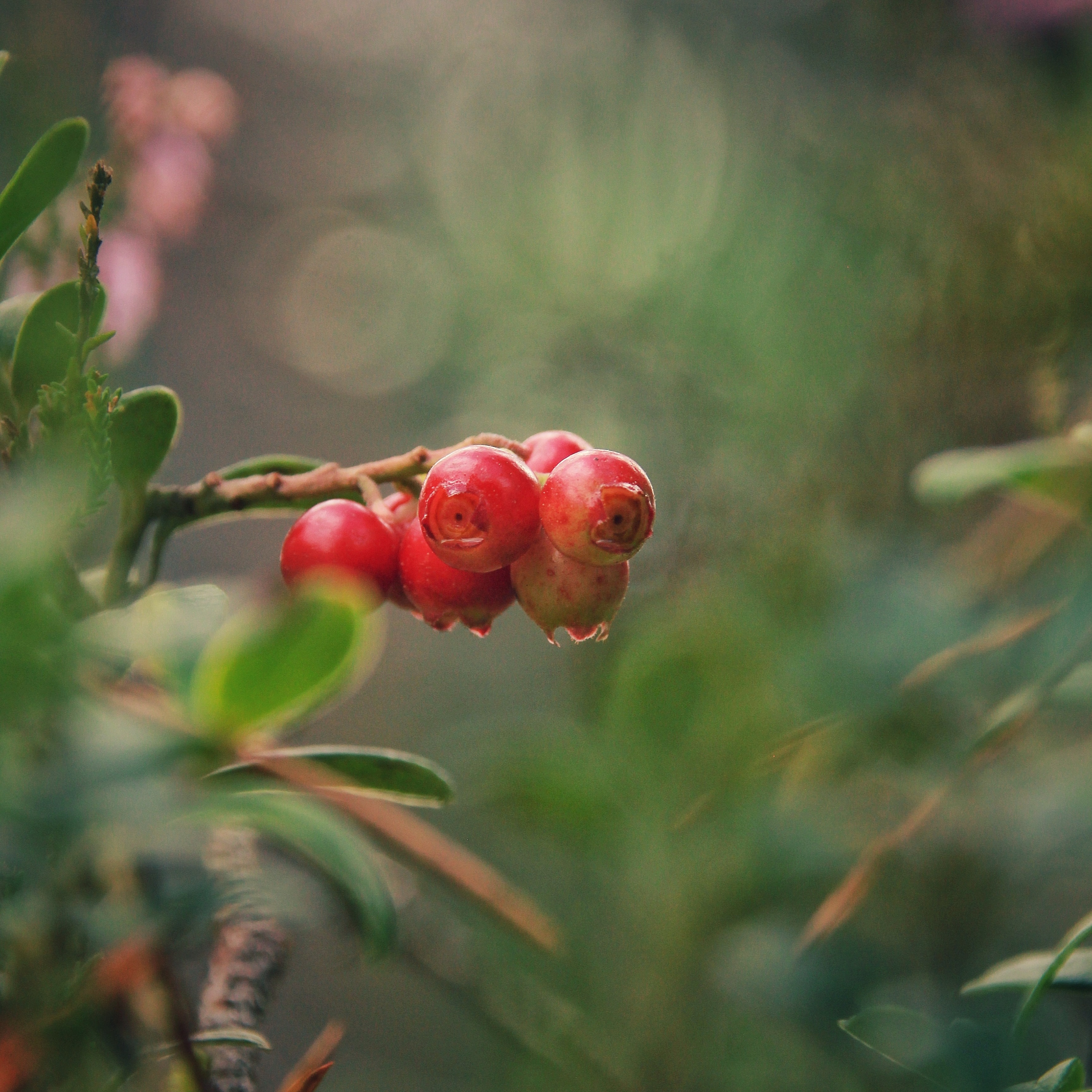
Introduction
Lingonberries are small, tart berries that can be grown successfully in the United Kingdom. With their unique flavor and numerous health benefits, growing lingonberries in your garden can be a delightful and rewarding experience. In this comprehensive guide, we will walk you through the process of growing lingonberries, from selecting the right varieties to providing the necessary care for a bountiful harvest. Let's get started!
Choosing the Right Variety
When it comes to lingonberries, there are several varieties suitable for the UK climate. Here are some popular choices:
- 'Koralle': A popular variety known for its high yields and bright red berries.
- 'Erntedank': This variety produces large, flavorful berries and is highly suitable for commercial production.
- 'Sussi': A compact variety that is ideal for small gardens or containers. It offers a good balance of tartness and sweetness.
- 'Regal': A variety known for its vigorous growth and abundant harvests of deep red berries.
Sowing and Planting
Lingonberries are typically propagated from cuttings or purchased as young plants. Follow these steps to plant your lingonberry bushes:
- Choose a suitable location: Lingonberries prefer a spot with full or partial sun and well-drained, acidic soil.
- Prepare the soil: Incorporate organic matter such as peat moss or compost to improve soil acidity and fertility.
- Planting spacing: Space lingonberry bushes at least 12-18 inches apart to allow for their spreading growth habit.
- Planting depth: Dig a hole slightly larger than the root ball of the lingonberry plant. Position the plant so that the soil level matches the original planting depth.
- Backfill the hole with soil, firming it gently around the roots. Water thoroughly.
Growing
To ensure healthy growth and a plentiful harvest of lingonberries, consider the following tips:
- Sunlight: Lingonberries thrive in full or partial sun. Aim to provide them with at least 4-6 hours of direct sunlight each day.
- Watering: Keep the soil consistently moist but not waterlogged. Lingonberries prefer slightly acidic soil, so water them with rainwater or distilled water if your tap water is alkaline.
- Soil conditions: Lingonberries require well-drained, acidic soil with a pH between 4.0 and 5.5. Test your soil and amend it with peat moss or sulfur if needed.
- Fertilizing: Apply a balanced fertilizer formulated for acidic-loving plants in early spring and again in early summer. Follow the recommended dosage on the package.
- Mulching: Mulch around the lingonberry bushes with pine needles or acid-loving mulch to help maintain soil acidity, suppress weeds, and retain moisture.
- Pruning: Prune lingonberry bushes in late winter or early spring to remove dead or diseased branches and promote air circulation.
Harvesting
Lingonberries are typically ready for harvest in late summer or early autumn. Here's how to know when they are ripe:
- Color change: Lingonberries will turn bright red when fully ripe.
- Firmness: Gently squeeze the berries. They should be slightly soft but not mushy.
- Taste test: Sample a few berries to assess their flavor. Lingonberries are tart and acidic when fully ripe.
- Harvesting technique: Use your fingers or small garden shears to gently pluck the berries from the bushes, being careful not to damage the plants.
Conclusion
Growing lingonberries in the United Kingdom allows you to enjoy the unique flavor and numerous health benefits of these delicious berries. By selecting the right varieties, providing proper care, and addressing common challenges, you can cultivate thriving lingonberry bushes that bear abundant harvests. Whether you use them in jams, sauces, desserts, or enjoy them fresh, lingonberries will add a delightful touch to your garden and culinary creations. Happy lingonberry growing!